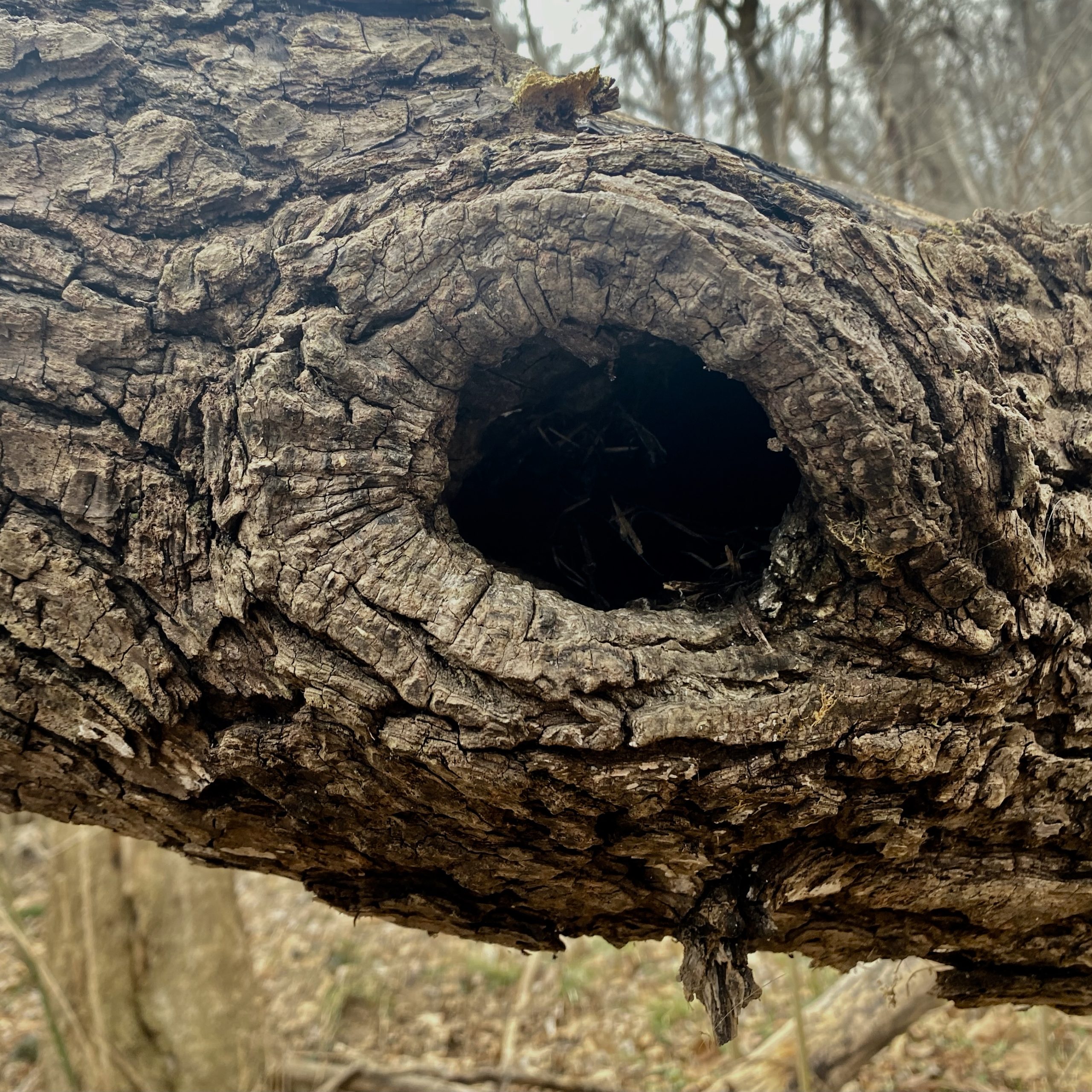It is not a mystery how tree wound healing occurs. Trees have an innate ability for self-preservation. As a result, efficient and effect wound healing is part of that process. Read on to find out how trees heal wounds.
The Biology: How Tree Wound Healing Works
Tree wound healing happens when trees are injured. The two most common types of tree injuries are the loss of a branch or injury to the trunk. In essence, both of these injuries heal in a similar way. At the site of the cut edges, the tree forms a callus. The formation of the callus is a multi-phase process. How it actually forms depends on the tissue that was injured. The deeper the injury, the more complicated the process. Superficial trunk injuries heal and fill the void rather quickly. Healing the removal of a branch, takes more time. The goal of the tree is always to fill the entire void of the injury site. If you would like a detailed explanation of the process, this paper is an excellent read. Clearly, I used it as a reference.
Intentional and Unintentional Damage & Tree Wound Healing
Almost all trees sustain some sort of physical damage over the course of their lives. There are basically two types of trunk / limb damage. First, there is unintentional damage. This could be the result of storm damage or some sort of mechanical damage from equipment or even other trees falling. Second, there is tree pruning, which is intentional damage. Although you might not think of this as damage, it does create a wound. Of course, we always weigh the pros and cons of wound creation and healing. For most trees in suburban and urban locations, the benefits of selective trimming /pruning outweigh the risks.
This little tree sustained some damage when a nearby tree fell. As you can see, the wound is large. There is a scrape. It also looks like a branch was partially ripped off. The tree is having a hard time healing the large wound.



